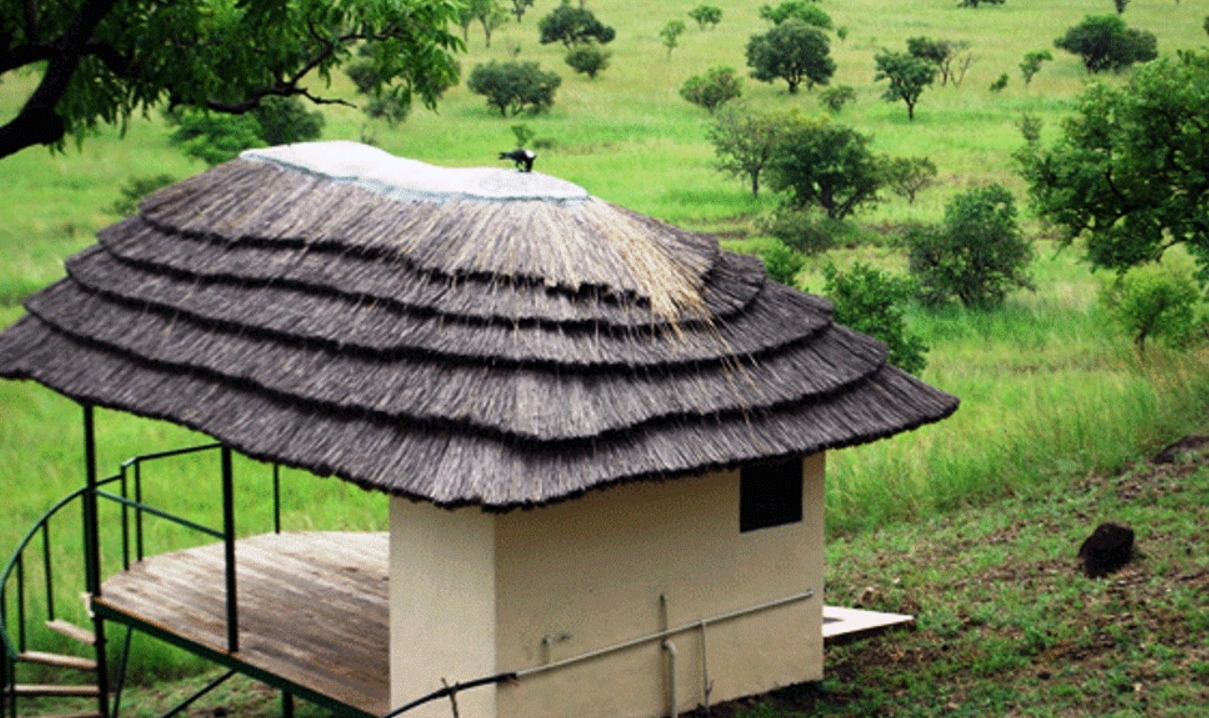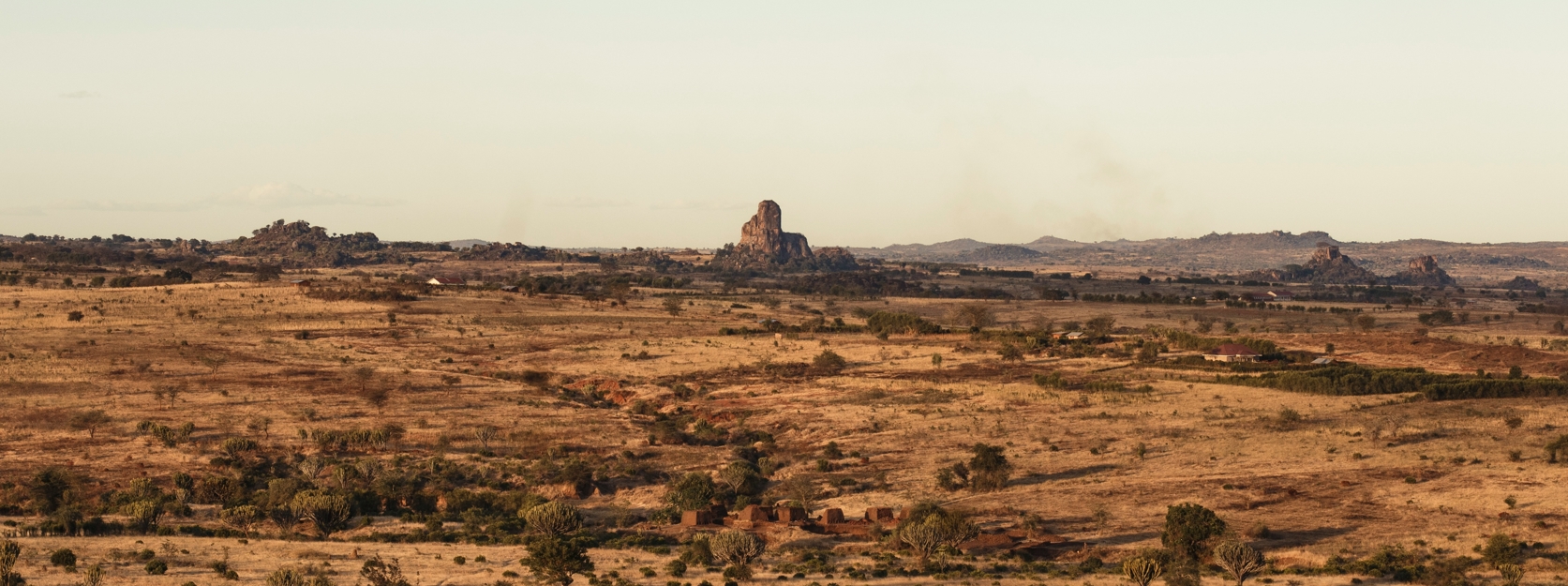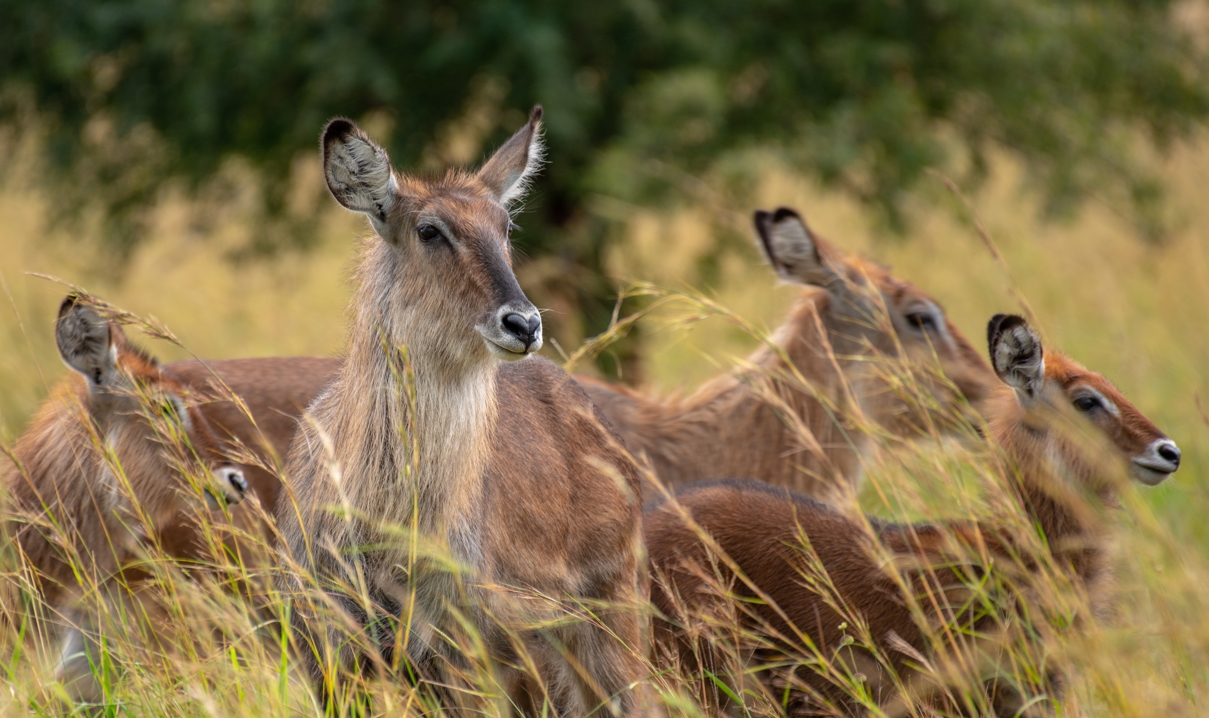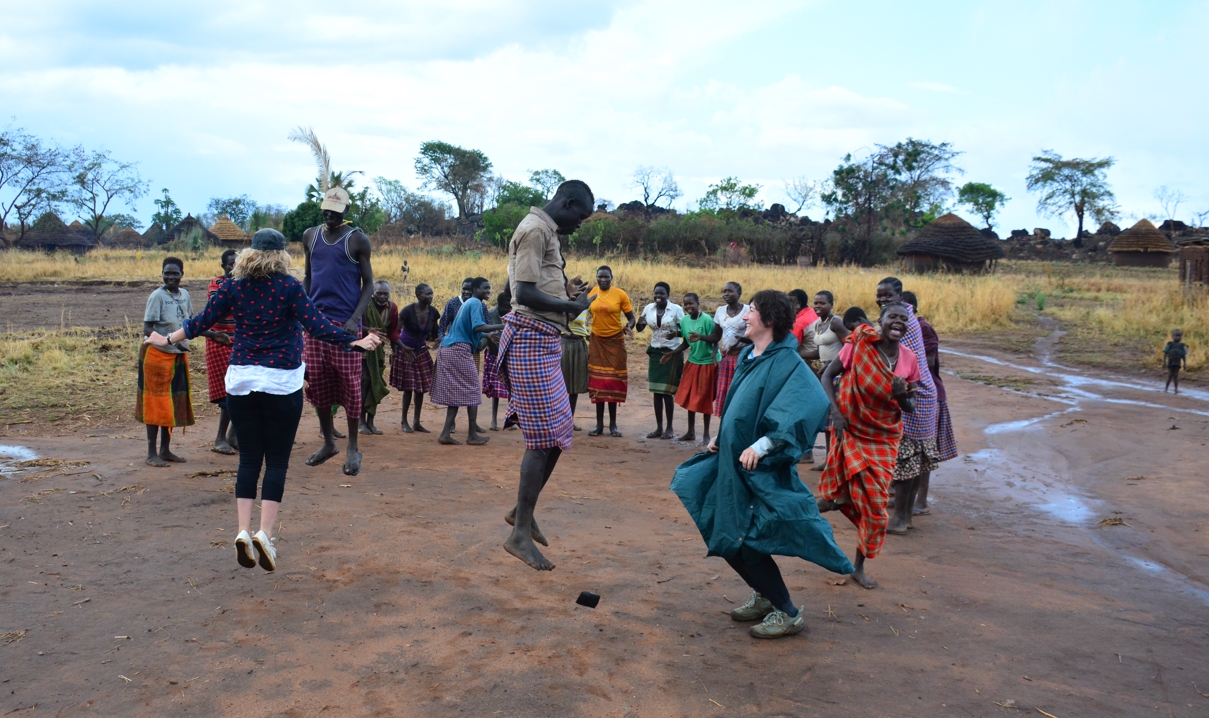
Matheniko Wildlife Game Reserve Karamoja Region Moroto District
Matheniko Wildlife Game Reserve Karamoja Region Moroto District: Matheniko Game Reserve is located in north eastern Uganda, specifically in Moroto District. It is one of the main wildlife conservation areas in the Karamoja region, covering 590 square miles.
The reserve’s environment is similar to that of Somalia and Kenya’s Maasai lands. Matheniko is part of the broader Karamoja wildlife zone, that also features Pian Upe, Bokora, and the renowned Kidepo Valley National Park.
Situated near Mount Elgon, the reserve features rocky areas that rise as high as 6,000 feet. The climate is semi-arid, but the region receives some rainfall in April, May, and November. Common plants in the reserve include red spike thorns, red acacia, Harrisonia abyssinica, bushwillows, butterfly pea, and woolly caper bushes.
Matheniko Game Reserve is known for its stunning scenery, unique plants, mountains, and rocky formations. However, like the nearby Kidepo Valley National Park, it doesn’t receive many visitors. This is mainly because of its remote location and poor infrastructure. Historically, the Karamoja region has been isolated due to government policies.
During colonial times, people needed permits to travel in the area. The Karamojong, the dominant tribe in the region, were often labeled as cattle rustlers by their neighbors. In the 1980s, the Karamojong acquired abandoned military weapons and used them to raid cattle from neighboring communities, including those in Kenya and Sudan.
The Ugandan government eventually stopped the cattle raids, but by then, the region had gained a reputation for being unsafe. Over time, the situation in Karamoja region has improved. The government has worked to rebuild the region’s reputation and promote tourism. Embassies have now lifted travel restrictions, and visitors are welcome to explore the reserve and its unique beauty.
The recent discovery of gold in Matheniko County has brought attention to the area and its wildlife. The Uganda Wildlife Authority (UWA) has used this newfound spotlight to promote the Matheniko Game Reserve and the entire Karamoja region as a valuable destination in Uganda. With the country’s tourism industry on the rise, the reserve has become an appealing choice for visitors seeking a unique experience.
The UWA is making significant improvements to enhance the reserve. Roads within and around the area are being upgraded, and new hotels are being built to accommodate the growing number of tourists eager to explore this once-remote part of Africa.
In the next 30 years, Matheniko may likely be combined with Pian Upe and Bokora Game Reserves to become part of Kidepo Valley National Park. If this happens, the region could compete with the top wildlife destinations in Tanzania and Kenya.
Wild Animals Found in Matheniko Wildlife Reserve
Matheniko Wildlife Reserve is home to animals and plants that thrive in tough, dry conditions. The area is semi-arid for most of the year, with high temperatures and very little rainfall. As a result, the wildlife here has adapted to survive long periods without water.
Although the animal population is not as dense as in larger parks like Kidepo Valley or Murchison Falls, it is still diverse, though the animals are spread out in smaller groups. The predators in the reserve include serval cats, wild cats, hyenas, jackals, cheetahs, civets, and leopards.
Among the primates, you’ll find patas monkeys, baboons, and vervet monkeys. Antelopes dominate the reserve and include species like dik-dik, eland, mountain reedbuck, roan antelope, Uganda kob, Oribi, Bright’s gazelle, Topi, duikers, and waterbuck. Cape buffalo can also be found here.
It is home to various bird species, including ostriches, Abyssinian ground hornbills, African hill barbets, black-throated wattle-eyes, black-headed plovers, bronze-naped pigeons, cattle egrets, Clapperton’s francolins, dusky turtle doves, Eastern bronze-naped pigeons, Egyptian vultures, Ethiopian swallows, grey cuckoo-shrikes, Hartlaub’s turacos, lemon doves, mountain yellow warblers, pygmy falcons, red-billed oxpeckers, thick-billed honeyguides, and Verreaux’s eagles.
The reserve has an impressive variety of reptiles, including geckos, skinks, chameleons, puff adders, small lizards, large monitor lizards, water snakes, and rock pythons. Many of these species, such as the blue duiker, Bright’s gazelle, mountain reedbuck, eland, cheetah, lesser kudu, roan antelope, striped hyena, and serval cats, are rare outside the Karamoja region.
Animals such as giraffes from Kidepo Valley National Park and Pian Upe Wildlife Reserve migrate to Matheniko during some months of the year this usually happens Occasionally. Matheniko Game Reserve is also a paradise for birders.
Occasionally, animals like giraffes from Kidepo Valley National Park and Pian Upe Wildlife Reserve migrate to Matheniko during certain months.
Activities That Can Be Done In Matheniko Wildlife Reserve
Mountain and Rock Climbing
The Karamoja plateau is dotted with massive rocks and mountains, offering excellent opportunities for climbing. For beginners, scaling the rocks in Matheniko Wildlife Reserve can be a great alternative to hiking the more challenging mountains like Elgon or the Rwenzori ranges. Reaching the top of these rocks provides stunning views of the expansive Karamoja plains and wildlife.
Cultural Visits
A trip to Matheniko Wildlife Reserve is incomplete without visiting the fascinating Karamojong people. Their unique and preserved culture, traditions, and way of life make for an unforgettable experience. The Karamojong have long resisted modernization, continuing their pastoralist lifestyle and relying on their livestock for sustenance. Their distinctive dress, body scars symbolizing beauty, and vibrant beadwork showcase their rich traditions. Visitors can also purchase local crafts or attend a cultural dance, which is as captivating as the Maasai dances in Kenya and Tanzania.
Game Drives and Sport Hunting
Matheniko Wildlife Reserve is home to a diverse range of wildlife, including large cats and antelopes. While sport hunting is a controversial practice among conservationists, it has become a popular activity in the reserve. Hunters target antelopes to help manage their population and enjoy the challenging terrain. The Uganda Wildlife Authority works with Karimojong Overland Safaris and Karamoja Safari to oversee sport hunting in the area. Visitors interested in game drives need to register at the office in Moroto town, after which a guide will be assigned to accompany them.
Visiting Community Conservation and Beekeeping Project
Located near Mount Moroto, this project involves the Turkana, Tepeth, and Matheniko tribes who live around the forest reserve. The initiative aims to promote self-reliance and curb illegal logging for firewood and charcoal. In the past, honey collection involved destructive methods, such as cutting down cedar trees or smoking out bees. Now, the project trains communities in modern, sustainable beekeeping techniques. These methods protect the ecosystem while improving the tribes’ incomes.
Rock Paintings in
Matheniko Wildlife Reserve is rich in ancient rock art, with paintings dating back approximately 3,500 years. Created by the Nilotic and Kushite people, these artworks give insight into the lives of ancient inhabitants and the animals that once roamed the area. Visitors can arrange trips to view these historical treasures.
Camping
Camping in Matheniko Wildlife Reserve is an incredible experience for those who want to connect with nature. During the dry season, campers can enjoy breathtaking views of the galaxy and the Milky Way under the clear African sky. The reserve also offers magical sunrises and sunsets, perfect for creating unforgettable memories.

Things to Know Before Visiting Matheniko Wildlife Reserve
Transportation Visiting Matheniko Wildlife Game Reserve
A 4×4 vehicle is essential for traveling to Matheniko Wildlife Reserve, especially during the rainy season when the roads can be challenging. The car should also have air conditioning, as the area is generally hot and the roads are often dusty.
Accommodation in Matheniko Wildlife Game Reserve
There are limited quality accommodation options near the reserve. Visitors should be prepared to camp at public campsites and cook their own food. For more comfort, you can stay at bigger hotels in Kotido or Moroto town and travel to the reserve early each morning for activities. Camping within the reserve provides more privacy and a closer experience with wildlife, which may not be as easily enjoyed in the larger national parks.
Best Time to Visit Matheniko Wildlife Game Reserve
Matheniko Wildlife Reserve is open to visitors all year round. However, the majority of tourists prefer visiting during the dry seasons, which occur from December to January and June to September.
During the rainy season, fewer visitors come due to the park’s poor road conditions. The roads, which are mostly made of murram, become slippery and sometimes impassable after heavy rains.
The ideal time to visit is just after the rains have ended. At this time, the wildlife reserve is lush, green, and stunningly beautiful, providing incredible opportunities for photography with its vast mountains, rocky landscapes, valleys, and shrubs.






